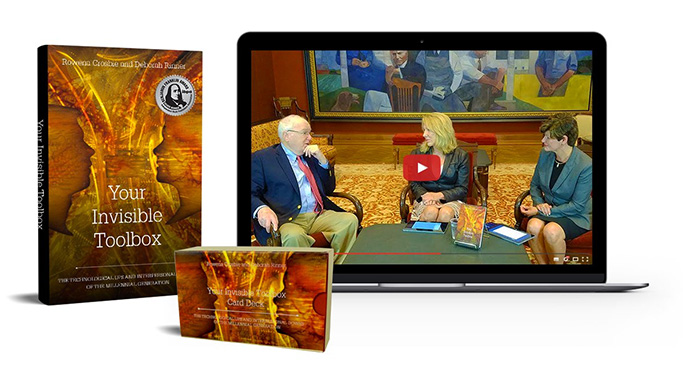We are fortunate at Tero to have our very own vocal coach, Jeannie Campbell. Jeannie has worked with individuals of all ages to enhance their most important instrument in communication - their voice. Jeannie shares a developmental activity we can all benefit from.
Breathing Exercises:
The purpose of these exercises is to practice breathing abdominally which will give you greater volume, support, vocal variety and will help to calm you down.
1. Run in place or up and down a flight of stairs. When you stop, make sure your shoulders do not rise and fall. This forces you to breathe abdominally. You want to develop the habit of breathing "low" and supporting your breath with your abdominal muscles.
2. Practice taking a quick and quiet breath to ensure that your lungs fill all the way from the bottom up. Put your hand on your abdomen and make sure it is expanding as you inhale. Check to make sure that your shoulders remain low and relaxed.
3. Keep your hand on your abdomen as a cue and exhale forcibly by "blowing out ten candles." You should note your abdominal muscles are actively engaged with all ten exhales.
Speaking with Supported Breath:
The purpose of these exercises is to connect the supported breath with the spoken sound. Abdominal breathing is the best and these exercises help you connect the breathing with the sound.
1. Breathe low and exhale forcibly using an "sss" sound until all your air is gone. When you think it's gone, abdominally push about three extra times just to make sure.
2. Repeat #1 but this time, start with the "sss" sound and open up to an "ah" about halfway through the exhale. Continue to support the "ah" sound just as you did with the "sss" until all your air is gone.
3. Breathe low, fill your lungs from bottom to top with air and make a sound on "ah" as low as you can. Using your abdominal muscles, run the "ah" sound from the lowest note you can make to the highest, basically emulating a siren. Repeat trying a different vowel sound each time.
Create More "Vocal Space:"
The purpose of these exercises is to create awareness of how to alleviate tension that inhibits the resonators in our head and throat, and how to open up to create more rounded vowels.
1. Gently massage the muscles in the throat and jaw. Continue up the face to the cheeks, sinus areas and forehead. As you massage these areas, warm up the inner throat by humming with an "mmm" sound keeping the teeth apart but the lips together without tension. You should feel a "buzz" in your lips.
2. Stick your tongue out as far as it will go and hold it. Repeat a couple of times. The tongue is a hugely strong muscle that can carry a lot of tension. The goal is to relax the tongue so it lies "flatter" in the mouth creating more space.
3. Practice your presentation by reading aloud the vowels only. Don't speak any of the consonants in the words, just the vowels. This will give you an idea of how much space and vocal energy you're giving the vowels and help you to envision a more rounded delivery of them.
The Your Invisible Toolbox® Movement tackles the challenges most individuals, teams, and organizations face. An award-winning book paired with a companion YouTube show and card deck, provide a unique set of research-based tools, put together in an easy-to-apply road map to success.
Find Out More and Join The Movement